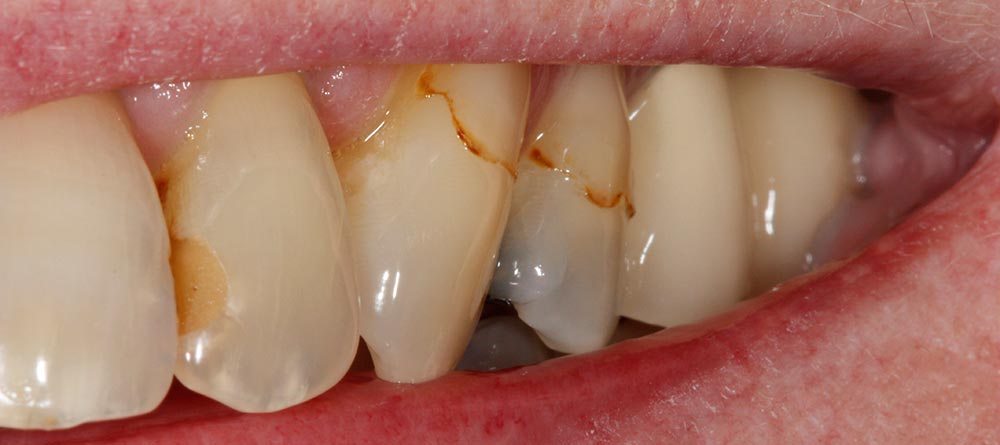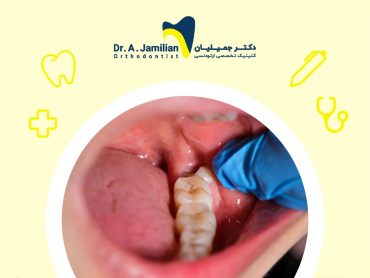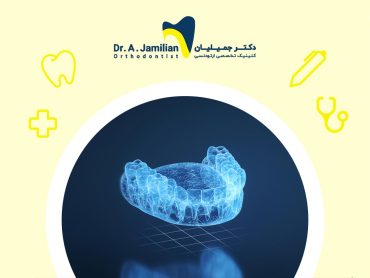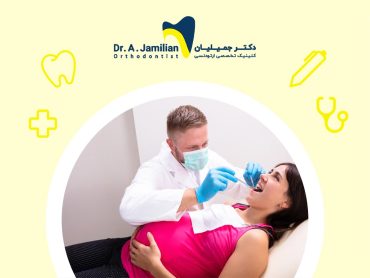Tooth stain or discoloration refers to yellow or brown spots or spots that are darker than the tooth enamel due to a change in the color of the tooth top layer or enamel or more fundamental and more profound problems in the underlying layers.
Diagnosing the cause of tooth stain
The cause of tooth staining can be determined only by a specialist or dentist by examining the tooth, usually without special devices.

Some primary causes of tooth stain
Here are the 9 main causes of tooth stains:
- Extrinsic factor: A condition in which the tooth discolors’ external layer resulting in brown or yellow stains on the enamel due to drinking coffee, tea, alcohol, soft drinks, and other caffeinated and dyed beverages and foods. Smoking also results in external tooth stains.
- Intrinsic factor: A condition in which the tooth’s internal structure (dentin) turns yellow due to several causes.
- Excessive fluoride exposure.
- Consumption of tetracycline during pregnancy by the mother.
- Consumption of tetracycline before the age of 8 years.
- Childhood trauma or trauma stopped or reduced the full growth of primary or permanent teeth.
- Trauma to the permanent teeth or internal bleeding of the tooth may lead to tooth discoloration.
- Dentinogenesis imperfecta (DI): A rare disease leading to yellow, gray, or even purple discoloration of the teeth.
- Age: This factor is a combination of extrinsic and intrinsic factors. The internal structure of the teeth turns yellow over time. Smoking and consuming common foods and caffeinated drinks will also gradually stain the teeth. Finally, trauma and stress can lead to tooth staining at old ages.
Treatment of tooth stain
Some tooth stains are removed using whitening toothpaste. For example, coffee-induced stains can be cleared with whitening toothpaste as soon as the stain is noticed. But most people notice tooth stains when they become permanent. Permanent stains can be removed through scaling and, in worse cases, through bleaching. Veneers are recommended when the stain is severe and cannot be removed by the mentioned methods.
When to see a doctor
See your doctor if the stains cannot be removed with home remedies. The dentist can determine the seriousness of the stain after the dental examination. The unserious stains can be left untreated, or the dentist can help in beautifying the teeth.
If the tooth stain is severe, the dentist will take the necessary measures to treat the tooth stain and prevent tooth decay. A specialist should treat teeth discoloration in children, and home methods should not be used for whitening their teeth.
Scaling and bleaching do not affect post-endodontic tooth discoloration, and the dentist may suggest veneering.
Methods for prevent tooth staining
Observe the following tips to prevent teeth re-staining:
- Rinse your mouth with water or mouthwash after drinking tea, coffee, and dyed beverages.
- Brush regularly after main meals.
- Avoid fluoride toothpaste overuse.
- Avoid teeth trauma. Do not clench your teeth.







